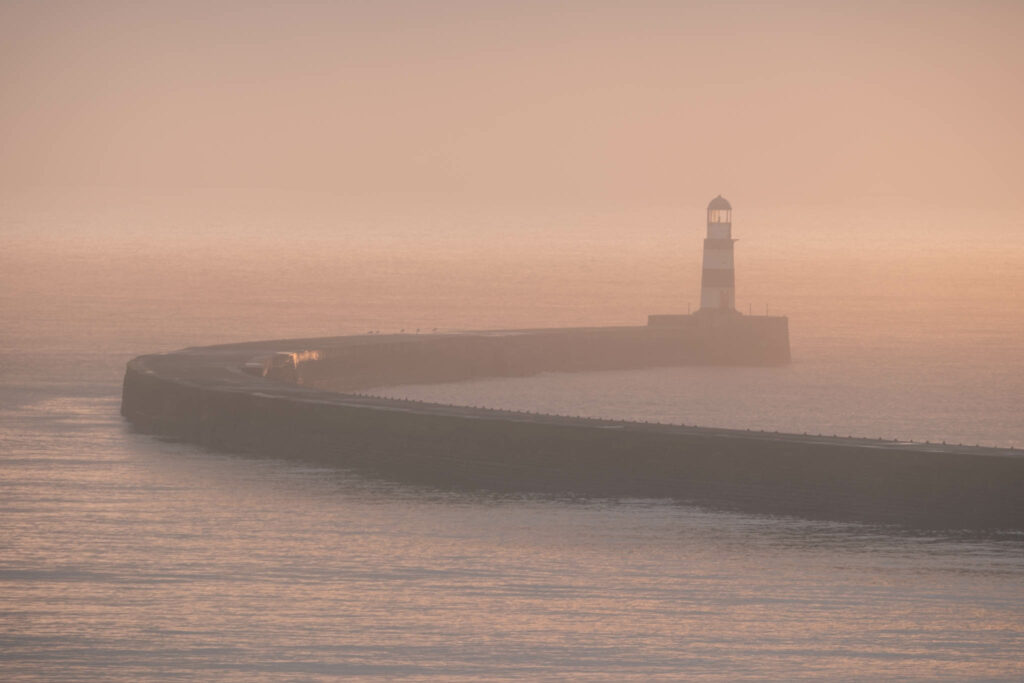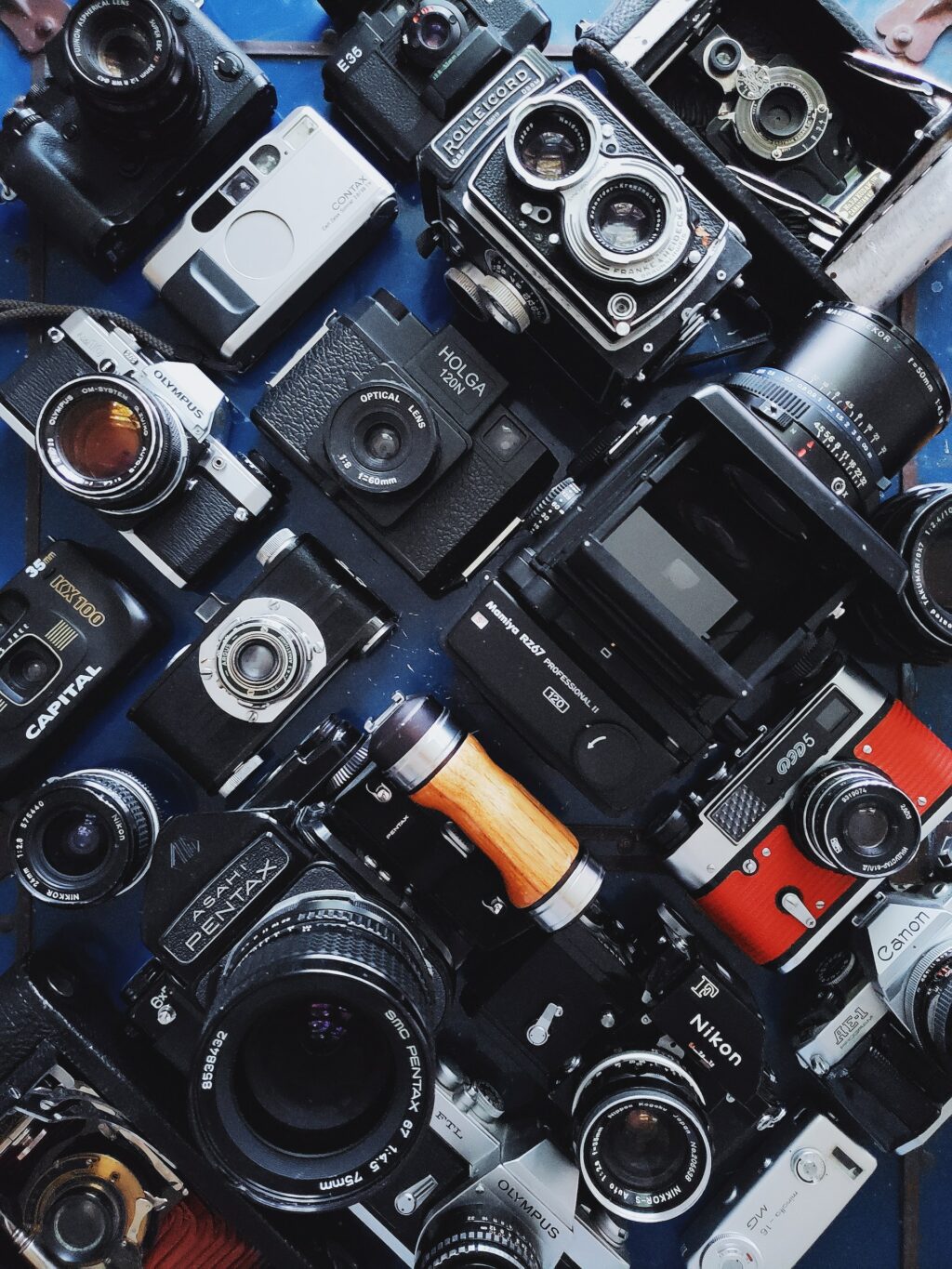Photography is an expensive pastime and perhaps one of the biggest expenses beyond the camera itself are lenses. There are plenty of good reasons why you should try to buy the best lens that you can afford. However, for many, photography is just a hobby and real life often takes priority financially.
There are plenty of cheap lenses on the market now but should you buy them? Are they so cheap that will denigrate your images? Today we are going to take a look at the pros and cons of cheap lenses.
Why You Should Buy Cheap Lenses.
First and foremost its because they are cheap. Back in the film days, cheap very often meant poor quality. These days, however, it does not have to mean that. In recent years new technologies have brought down the price of quality lens manufacturing.
Companies from China, South Korea, and others have started producing some very fine lenses at extraordinary prices. The reason for such prices is that these companies have gone back to basics.
Rather than producing fast, image stabilized zooms, they are concentrating on manual focus, prime lenses. By cutting out the complex electronics, they can spend more on the optics, giving us high-quality lenses at budget prices.
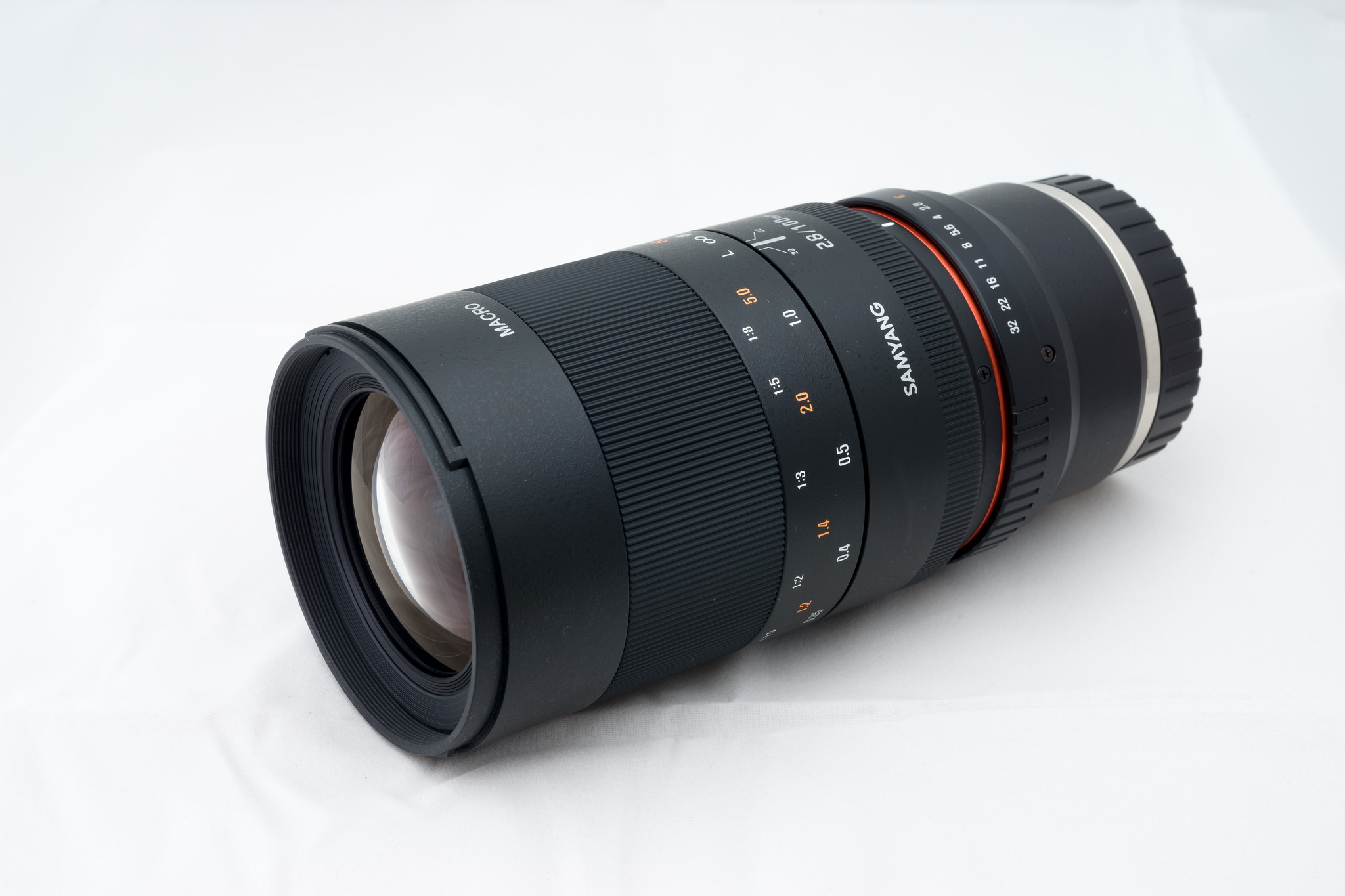
This brings us to another option in cheap lenses, the prime. Even the major camera manufacturers have budget primes in their inventory. Usually, these are a little slower than their premium primes, perhaps a 50mm f1.8 rather than an f1.4.
However, for the vast majority of enthusiasts, that one stop loss will not make a huge difference. Primes are a great way to push your creativity, forcing you to move around to frame your shot rather than zoom in or out.
One of the best options for cheap lenses is the superzoom. If you buy a superzoom from a third party company you will probably pay less than a standard prime from an original manufacturer. The focal range on these lenses is often phenomenal, 18-300mm being typical.
While there are some optical compromises on superzooms, you are negating the need to carry or even buy three different zooms, wide angle, standard, and telephoto. Unless you are looking to print large, or have a shallow depth of field, these lenses are incredibly versatile.
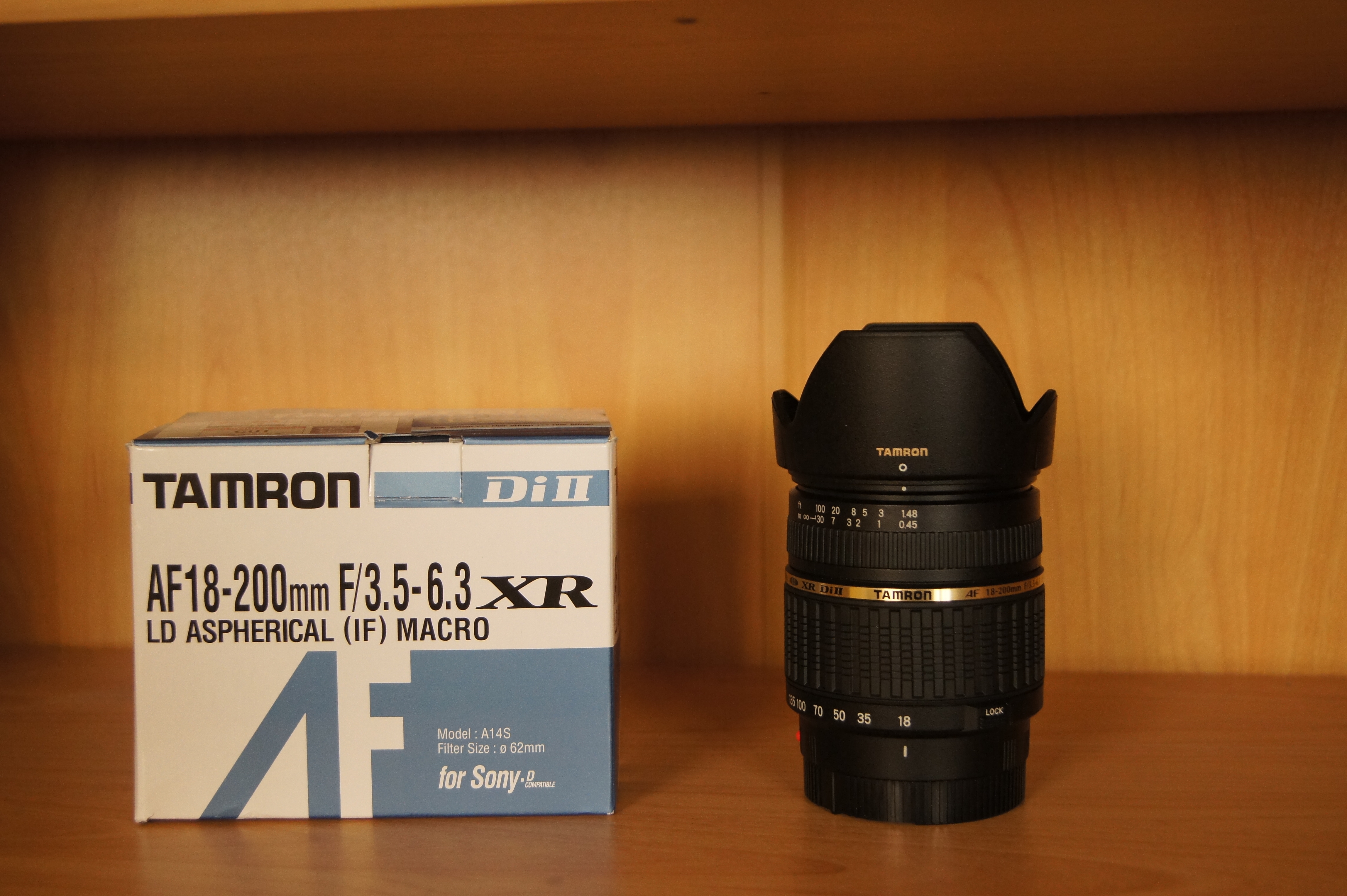
If you are looking for cheap lenses on a tight budget, then secondhand or even vintage lenses are a way to go. Like the modern basic primes being mentioned above, these will be manual focus and you will probably have to adjust the aperture manually too. However, for very low prices you can get yourself fast high-quality optics that will test your focusing and exposure skills.
Why You Should Avoid Cheap Lenses.
There are several cons to cheap lenses, the first being limited aperture. To save money, cheaper lenses will often have significantly smaller apertures compared with their more expensive counterparts. An example would be a 24-70mm. The professional version would almost certainly have a constant f2.8 aperture. The cheap version will probably start at f4.5 for the wider end, closing to f5.6 when zoomed in. This restricts low light and shallow depth of field shooting. The variation between aperture becomes even more pronounced in telephoto zooms, some shooting at f6.3 when zoomed in.
Build quality is another reason to avoid cheaper lenses. To make the price low, manufacturers often skimp on the materials used to construct the lens. The cheapest lenses will have both plastic barrels and plastic mounts. These are prone to crack or break if used intensively.
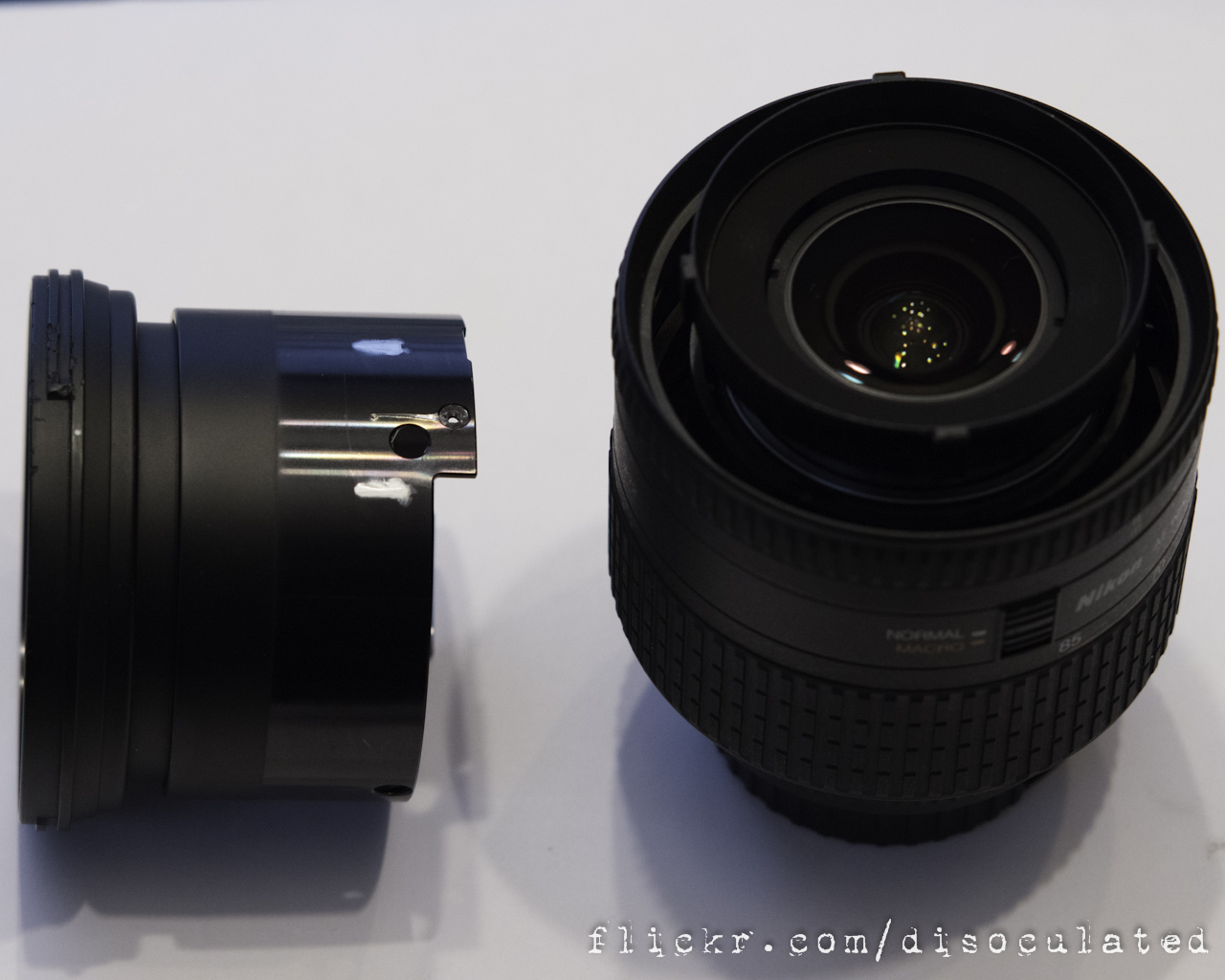
Often cheaper lenses will not be weather sealed to any great extent. This could lead to issues if shooting not only in rain but in windy and dusty environments too. Dust can get blown into the helical screw that drives the focus or zoom and jam it completely.
The quality of the lens elements is often lower in cheaper lenses. Not only that but also there will be fewer elements in the lens. This makes them more vulnerable to chromatic aberration and lens flare. Manufacturing consistency is also another issue, with exactly the same lenses sometimes producing very different results.
Lastly is simply the tactile feel of a cheap lens. The plastic barrel often means zooming or focusing is not as smooth or accurate as in more expensive counterparts. This can make using them less pleasurable.
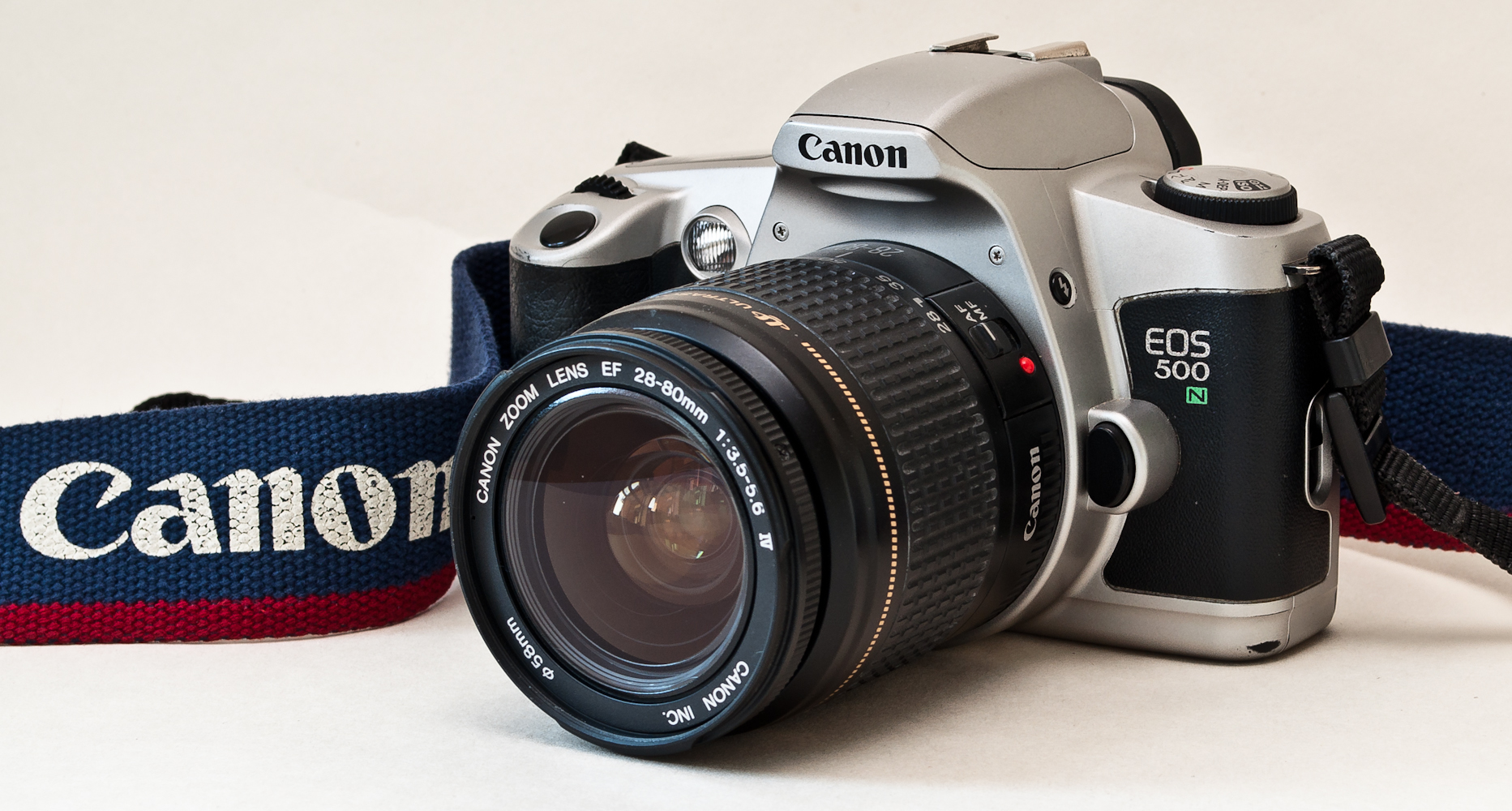
Everything in photography involves some sort of compromise. Even the most expensive lenses have some issues. Buying a cheap lens these days is not the lucky dip that it was a decade ago. There are issues, but if you are aware of them and can work around them then a cheap lens will give you great results. In the long run its the mind of the creator and not the optics that will produce a truly stunning image.
For Further On The Pros and Cons Of Cheap Lenses
- Should You Buy A Better Camera Body or Lens? Simpler Photo adds to the cheap vs expensive discussion
- New Lens or New Camera Body? Improve Photography asks the perennial question
- 5 Reasons Why You Should Upgrade Your Lenses Before Your Camera Body Click Grow Love comes down on the side of upgrading your lenses if you have to make a choice
- 2 Cheap Gear Setups for Long Exposure Photography See our post on a cheap way to take long exposures
- Fact: Spending $200 On A Camera Bag Will Actually SAVE You Money! While you may get yourself some cheaper lenses after this post, Jason definitely doesn't recommend skimping on the camera bag



